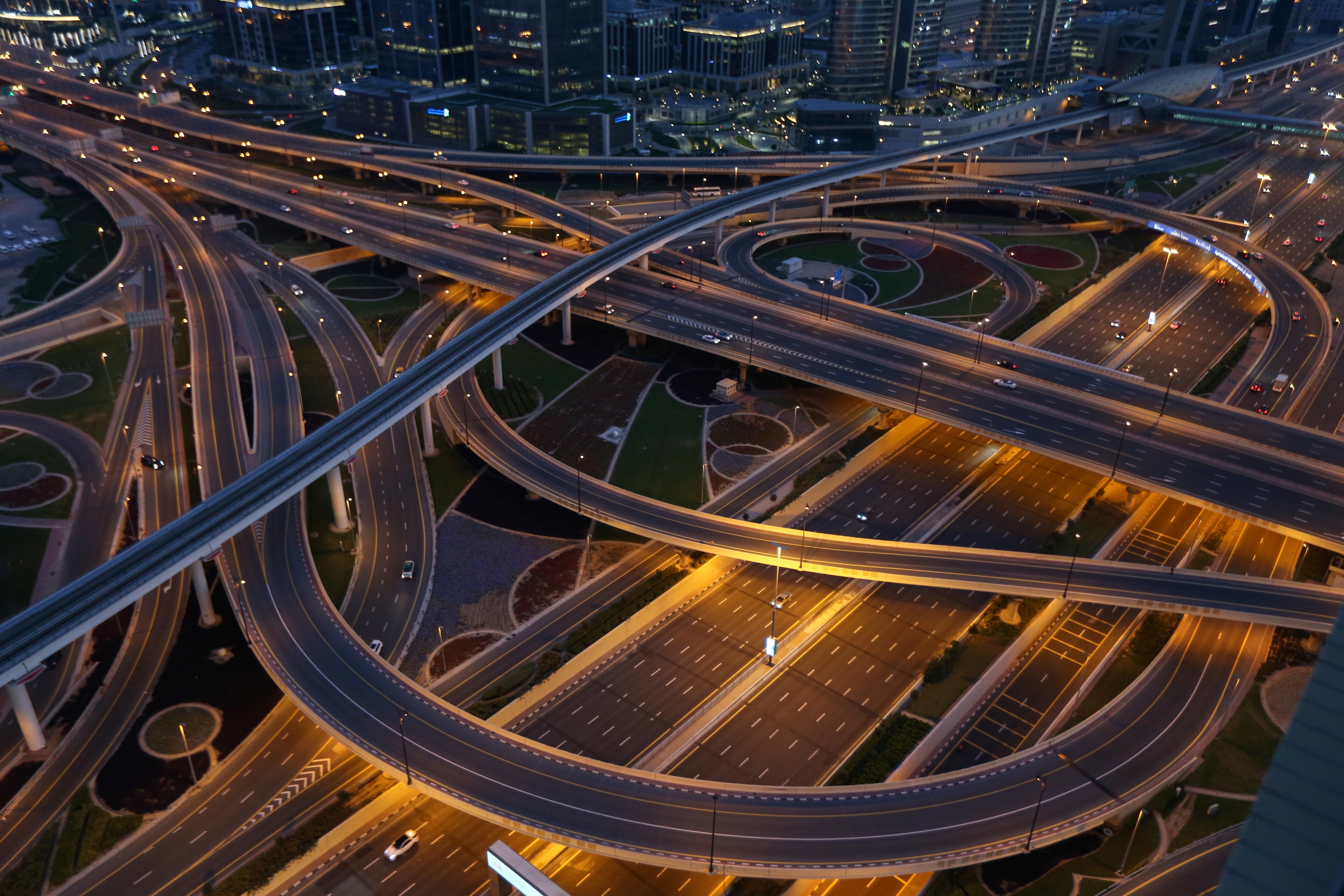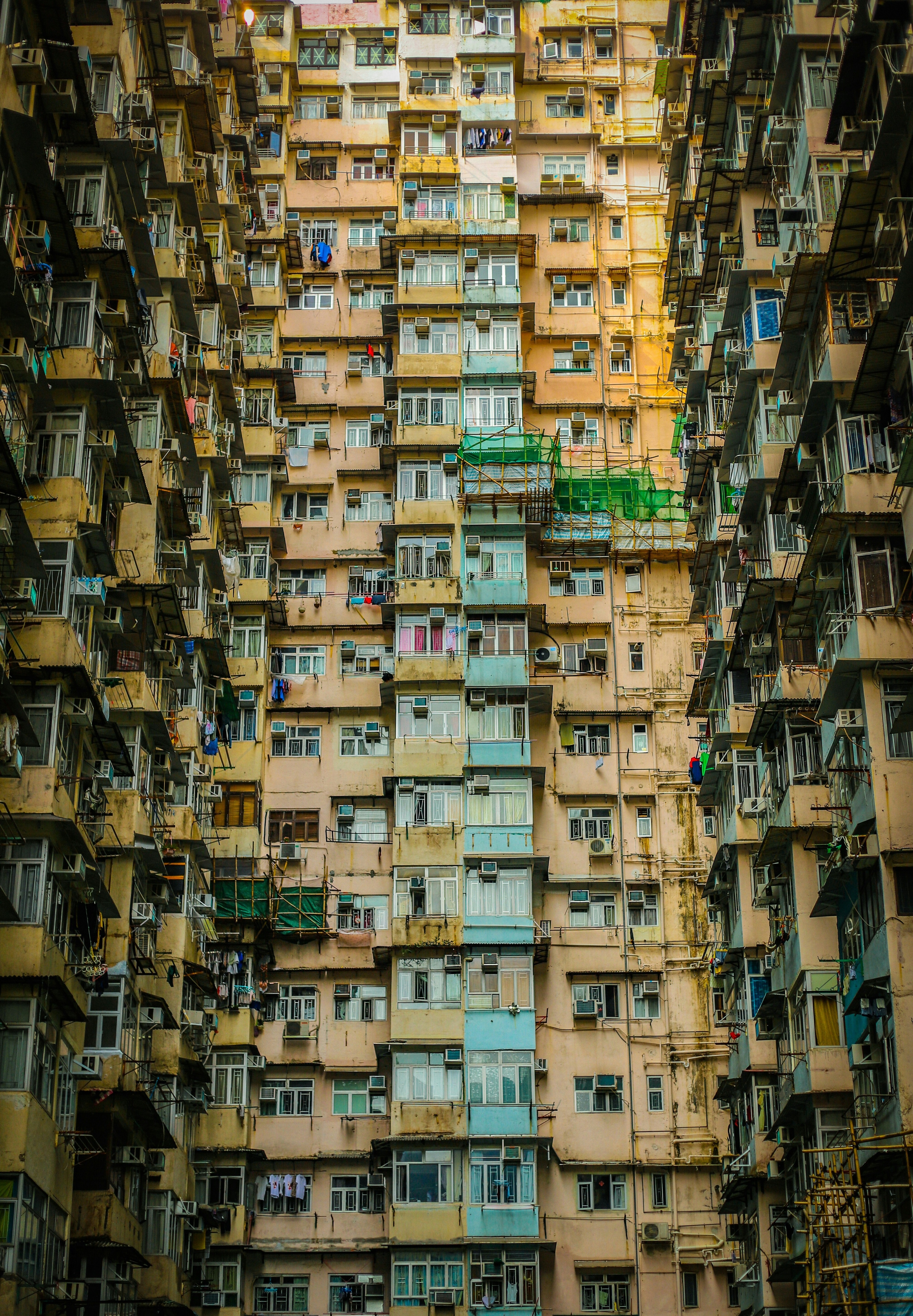This man is turning cities into giant sponges to save lives

250 areas across China are working to safeguard themselves against the growing threat of flooding.
Image: Reuters
Stay up to date:
Cities and Urbanization
The idea of a sponge city is simple – rather than using concrete to channel away rainwater, you work with nature to absorb, clean and use the water.
“Floods are not enemies,” explains Professor Kongjian Yu. “We can make friends with floods. We can make friends with water.”
What we have done is totally wrong, he says. He returned to China after studying landscape architecture at Harvard University in the US, determined to tackle one of the biggest problems facing cities.
His solution was to work with nature rather than against it.
Accept our marketing cookies to access this content.
These cookies are currently disabled in your browser.
Natural flow
Eco-friendly terraces allow land and water to meet, explains Kongjian, or “the Sponge Cities Architect” as he’s known.
During the dry season, the terrace is a park for residents to enjoy. But during the rainy season it can flood, protecting the city without the need for grey infrastructure like flood walls or dykes.

Not only does this safeguard the city by working with nature, but the water is clean, vegetation can grow and a habitat is created for wildlife.
It’s not just wetlands and restored riverbanks, though. Sponge cities also include green walls and roofs, permeable pavements and green buildings.
Join the Voice for the Planet movement
All from one city
And it all began in just one Chinese city, 20 years ago.
Today, 250 places in the country are working with Kongjian and his team, as well as urban areas everywhere from the US and Russia to Indonesia.

It’s an inherently global answer to a problem that afflicts a variety of places, he believes. “The ecological-based or nature-based solution can be a solution global-wise.”
Read more about the inspiring pioneers finding creative solutions to the climate crisis here: wef.ch/pioneersforourplanet
About the series: Each week we’ll bring you a new video story about the people striving to restore nature and fighting climate change. In collaboration with @WWF and the team behind the Netflix documentary #OurPlanet. #ShareOurPlanet
Want to raise your #VoiceForThePlanet? Life on Earth is under threat, but you can help. People around the world are raising their voice in support of urgent action. Add yours now at www.voicefortheplanet.org
Don't miss any update on this topic
Create a free account and access your personalized content collection with our latest publications and analyses.
License and Republishing
World Economic Forum articles may be republished in accordance with the Creative Commons Attribution-NonCommercial-NoDerivatives 4.0 International Public License, and in accordance with our Terms of Use.
The views expressed in this article are those of the author alone and not the World Economic Forum.
Related topics:
Forum Stories newsletter
Bringing you weekly curated insights and analysis on the global issues that matter.
More on Urban TransformationSee all
Luis Antonio Ramirez Garcia
August 11, 2025
Michael Fröbel and Stanislas Hillen
August 8, 2025
Jeff Merritt and Vivian Brady-Phillips
July 25, 2025
Muhammad Hassan Dajana and James Balzer
July 22, 2025
Olivia Nielsen
July 16, 2025




